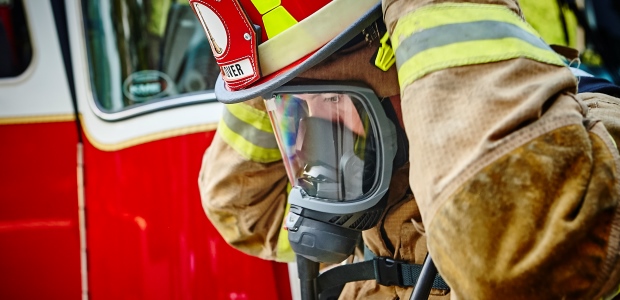
By Dawn Bolstad-Johnson
I cannot stress enough how important it is for all first responders to always wear respiratory protection on the fireground—even after the fire is out.
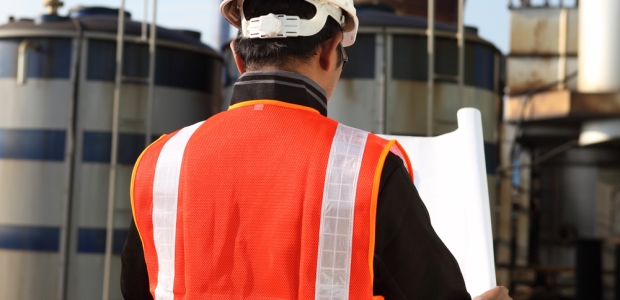
By Ann Rivers
Remote inspections can be an alternate and effective way to conduct a safety inspection.
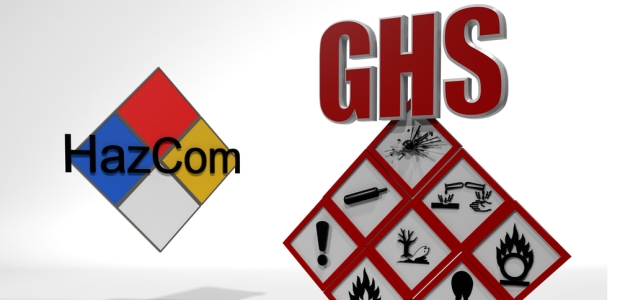
By Phil N. Molé
The most robust software solutions feature ingredient indexing to help you track chemical ingredients across products while flagging those that are subject to more stringent regulatory standards.
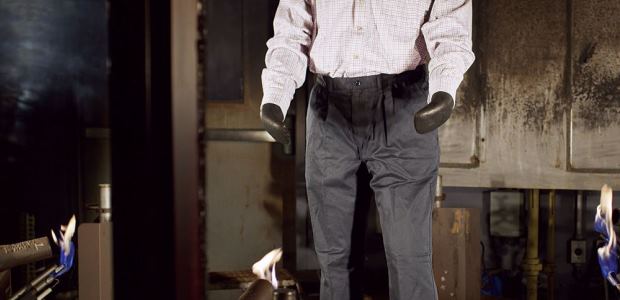
By Caroline Holtzman
In a real-world fire emergency, chances are that workers will need to flee to safety, so it is critical that FR workwear continue to provide coverage and allow mobility to protect workers after a flash fire or arc flash.
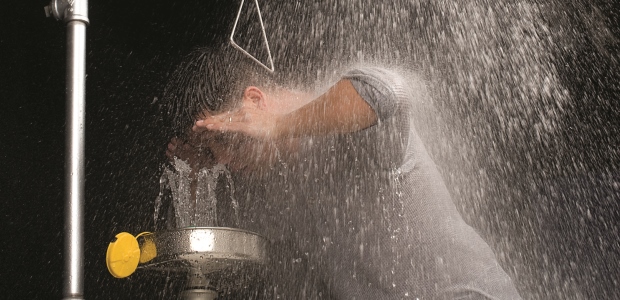
By Eric Clark
It is critical to ensure that the equipment is functioning properly and highly visible in case of an emergency.
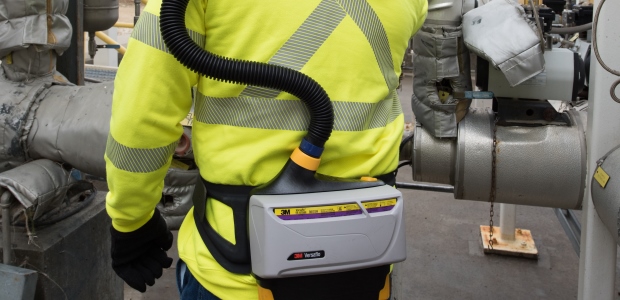
By John J. Lenss
PAPRs are useful and often necessary in many types of hazardous jobs and conditions.
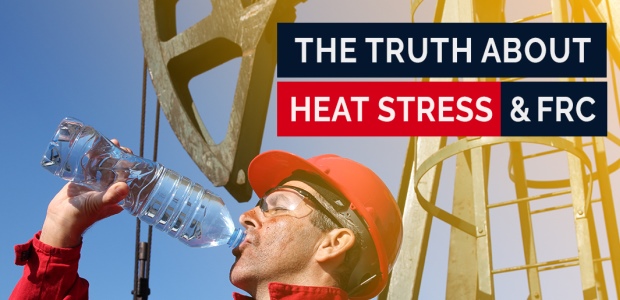
By Scott Margolin
It would be a terrible shame to put American workers at risk of catastrophic or fatal burn injury because of an outdated myth about PPE and heat stress.
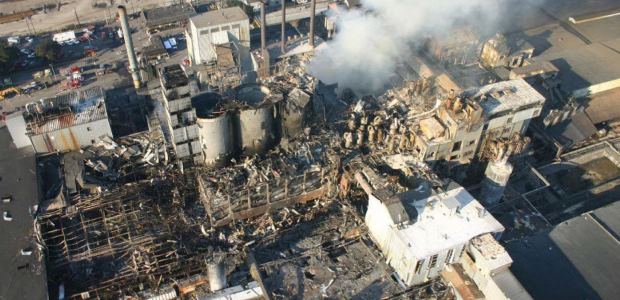
By Vahid Ebadat
If explosion preventive measures alone cannot reduce the risk of a dust cloud explosion to an acceptable level, then explosion protection measures must be considered.

By Ralph Blessing
How does stress affect an employee's health to the point that we need to take it into consideration when evaluating their working environment? Should stress be included in the evaluation to management as a matter of concern?
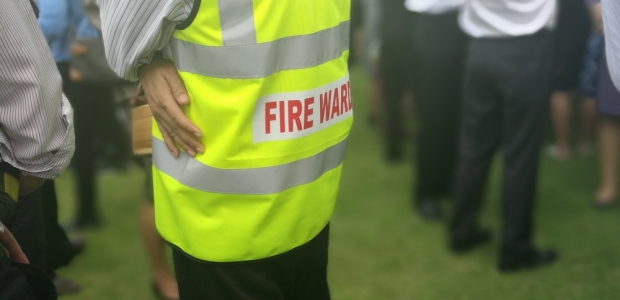
By Vivian Marinelli
Fires have the highest casualty rate of workplace accidents, but there are ways to mitigate risk.

By Jessica Davis
The conference's opening session will feature keynote speaker Carey Lohrenz, the first female F-14 Tomcat fighter pilot in the U.S. Navy, speaking on "Lessons in Leadership."
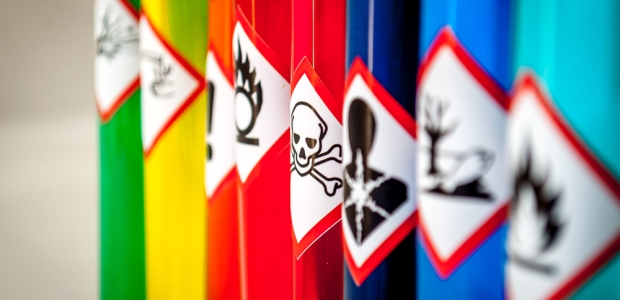
By Susan Lovasic
You should strive to gather permeation data for the CPC you plan to use against your actual workplace chemicals.
By Jerry Laws
Sprinklers are present in just 1 percent of the incidents at care homes, retirement homes, and hostels to which Brigade fire crews respond; of the 428 fires responded to by London firefighters at such facilities during 2017, only five of the facilities had fire sprinklers.
By Robert Pater
Championing Safety works best when leaders from senior management and worker levels simultaneously come together to spearhead change. This is a proven way to significantly elevate injury prevention performance and culture.